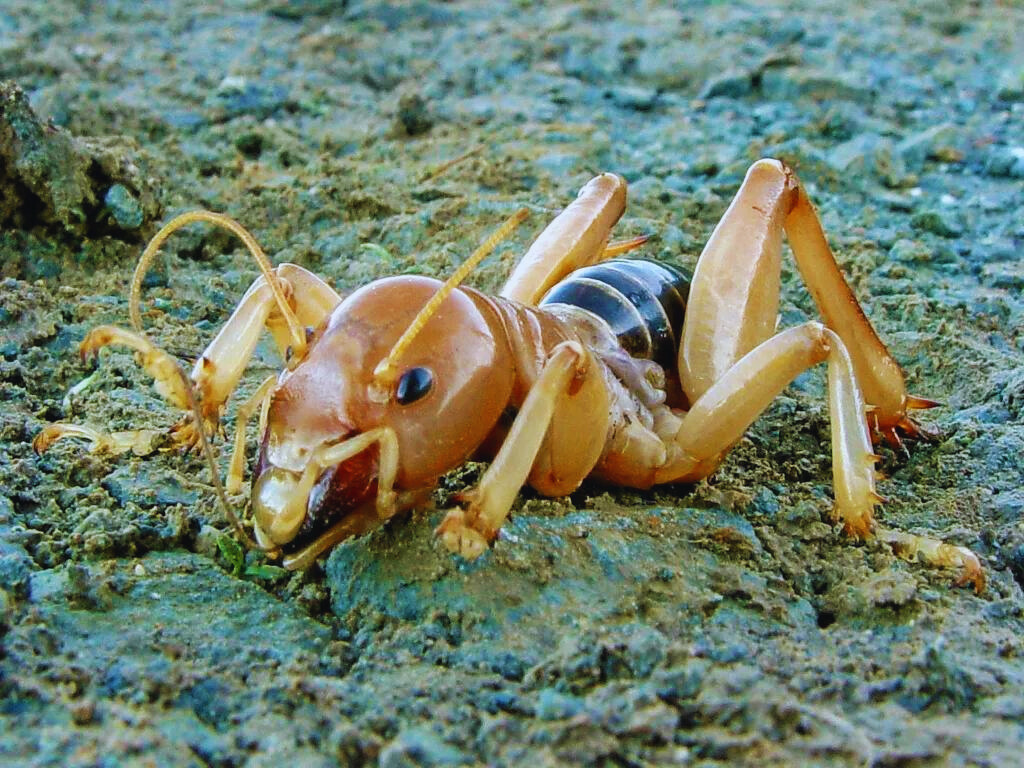Welcome to our comprehensive guide on Jerusalem crickets, a fascinating insect species found primarily in North and Central America. In this article, we delve deep into the intriguing characteristics, habitat, behavior, and significance of these unique creatures.
Anatomy and Physical Features
Jerusalem crickets, scientifically known as Stenopelmatus, are large insects belonging to the family Stenopelmatidae. They are characterized by their robust bodies, which can grow up to 2-3 inches in length. These insects are typically brown or reddish-brown in color, with powerful mandibles and stout legs adapted for digging.
Habitat and Distribution
Jerusalem crickets are primarily found in arid regions such as deserts, grasslands, and scrublands. They inhabit underground burrows, which they excavate using their strong front legs. These burrows provide shelter from predators and extreme temperatures. While they are most commonly found in North and Central America, some species also inhabit parts of Mexico and South America.
Behavior and Diet
These solitary insects are nocturnal, preferring to forage and mate during the night. Despite their fearsome appearance, Jerusalem crickets are omnivorous and feed on a varied diet that includes roots, tubers, insects, and decaying organic matter. They are known to be opportunistic feeders, scavenging for food in their underground habitats.
Foraging Strategies
To locate food sources, Jerusalem crickets rely on their keen sense of smell and vibrations detected through their sensitive antennae. They are opportunistic feeders, scavenging for sustenance in leaf litter, decaying wood, and beneath the soil surface.
Reproduction and Life Cycle
The reproductive behavior of Jerusalem crickets is fascinating. Males attract females through a series of drumming sounds produced by rubbing their abdomens against the ground. After mating, females lay eggs in underground chambers, where they are guarded until they hatch. Nymphs undergo several molts before reaching adulthood, a process that can take several months.
Ecological Importance
While Jerusalem crickets may seem intimidating, they play a crucial role in their ecosystems. As scavengers, they help break down organic matter, contributing to nutrient cycling in the soil. Additionally, they serve as prey for various predators, including birds, rodents, and reptiles, forming an essential part of the food web.
Cultural Significance
Throughout history, Jerusalem crickets have been featured in indigenous folklore and mythology. Some Native American tribes view them as symbols of strength or as spiritual messengers. In certain cultures, they are even considered delicacies and are consumed as food.
Folklore and Superstitions
In Native American folklore, they are often associated with supernatural powers and spiritual significance. Some tribes believe that encountering these insects brings good fortune, while others view them as omens of impending danger or misfortune.
Symbolism in Art and Literature
The distinctive appearance of Jerusalem crickets has captured the imagination of artists and writers, appearing in various forms of artistic expression and literary works. Their inclusion in folklore and mythology adds to their mystique and allure, fueling interest and intrigue across different cultures.
Frequently Asked Questions (FAQs)
Are Jerusalem crickets venomous?
Despite their intimidating appearance, they are not venomous and pose no threat to humans. They are shy and non-aggressive insects that prefer to avoid confrontation.
Do Jerusalem crickets chirp like true crickets?
Contrary to their name, they do not produce chirping sounds like true crickets. Instead, they communicate through vibrations and tactile cues, especially during courtship rituals.
Can Jerusalem crickets fly?
No, they are flightless insects with underdeveloped wings. They rely on their strong legs for locomotion and primarily navigate their surroundings through walking and burrowing.
What predators do Jerusalem crickets have?
They face predation from a variety of animals, including birds, rodents, reptiles, and other insectivorous creatures. Their nocturnal habits and cryptic coloration help them evade predators in their natural habitat.
Are Jerusalem crickets beneficial to the ecosystem?
Yes, they play a beneficial role in the ecosystem by contributing to nutrient recycling and soil aeration. Their feeding habits help break down organic matter and enhance soil fertility.
How long do Jerusalem crickets live?
Their lifespan varies depending on environmental conditions and predator pressure. On average, they can live for one to two years in the wild, with some individuals reaching maturity within six to eight months.
Conclusion
In conclusion, Jerusalem crickets are fascinating creatures that offer a glimpse into the intricate workings of the natural world. From their unique adaptations to their cultural significance, these enigmatic insects continue to captivate the imagination of researchers and enthusiasts alike. By exploring their habitat, behavior, diet, and mythological symbolism, we gain a deeper appreciation for the rich diversity of life on our planet.

